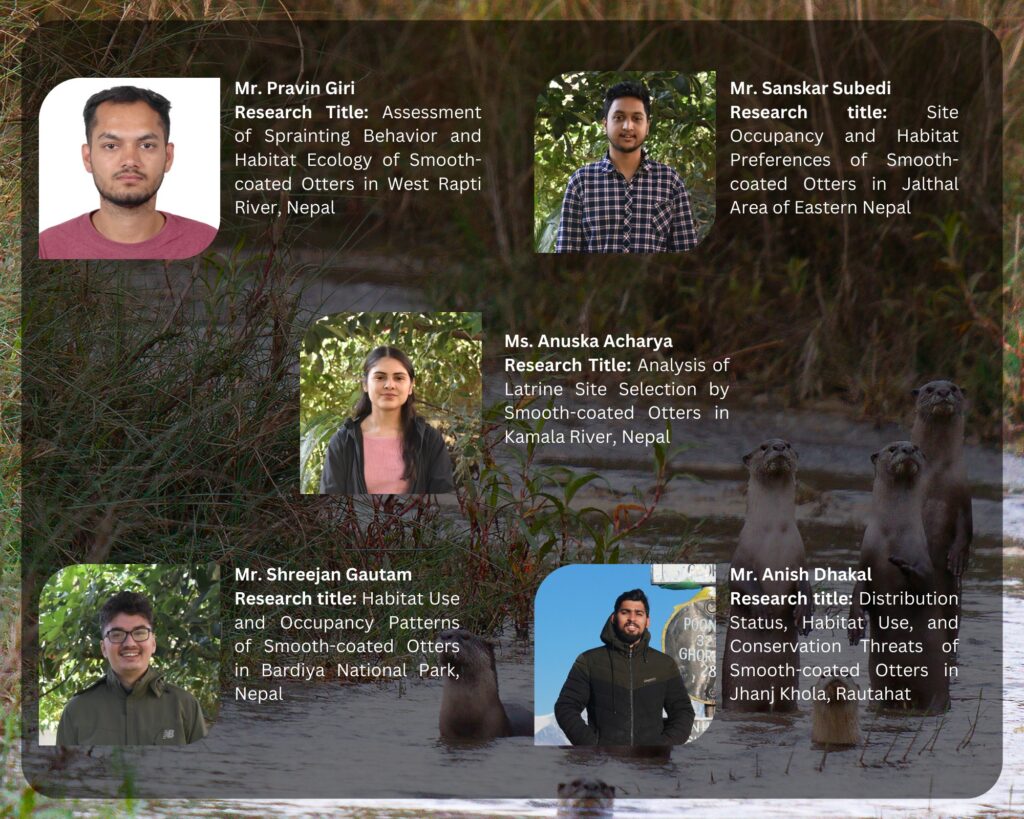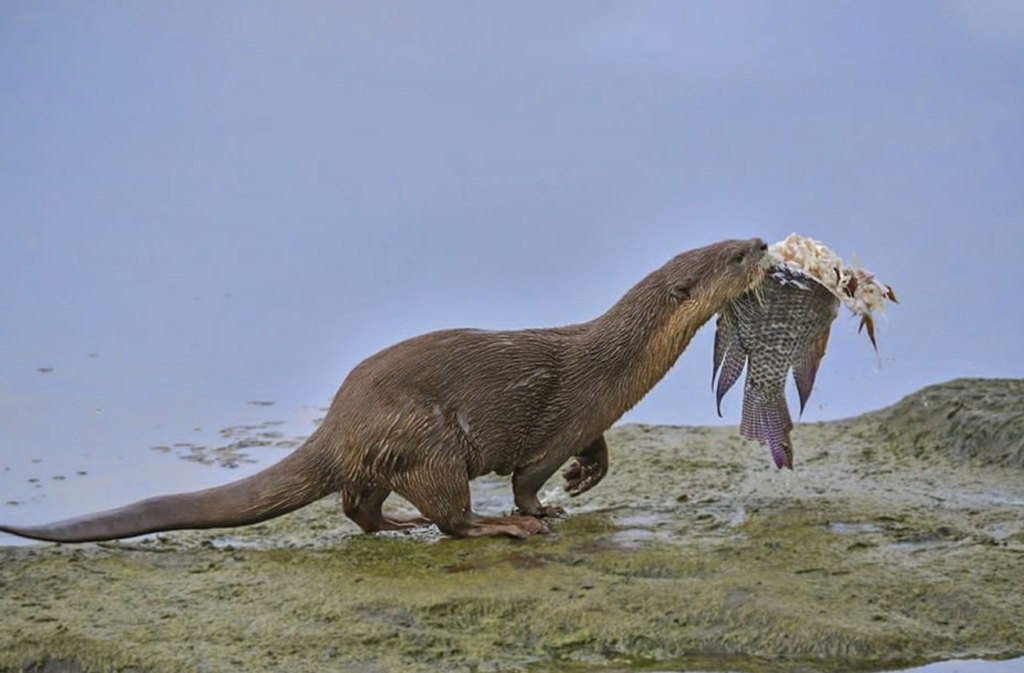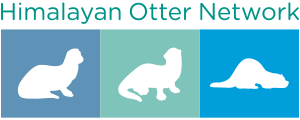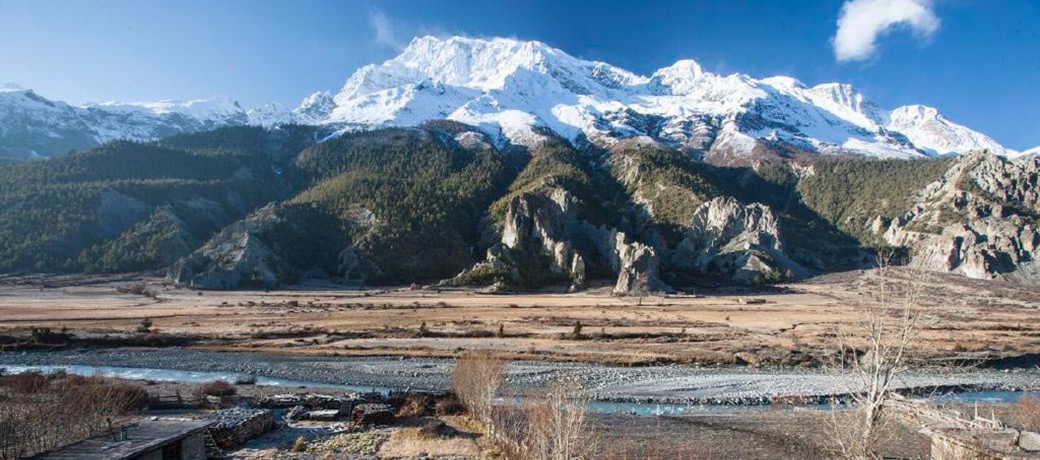© Photo: Thomas L. Kelly/www.thomaslkellyphotos.com
Mission Statement
The mission of the Himalayan Otter Network is to foster a partnership connecting conservationists and researchers across the Himalayan region in order to strengthen the protection of otters living in the rivers and wetlands of this spectacular landscape. As an initiative of the IUCN SSC Otter Specialist Group (OSG), the Himalayan Otter Network works to align its efforts with global otter conservation strategies and goals.
Mountainous parts of Afghanistan, Pakistan, India, Nepal, China and Bhutan share similar natural environments and human lifestyles, and otters in these countries all face similar pressures from illegal trade, habitat pollution and poaching. We seek to strengthen communication among partners, facilitate collaboration, share information and best conservation practices, and create sustainable community partnerships to protect Himalayan otters.
Our vision for the future includes a safe natural landscape for otter populations, coupled with abundant and clean water resources for human communities.
January 2025 – WWF Nepal celebrates the otter researchers that received grants to further studies of local smooth-coated otter (Lutrogale perspicillata) populations.



2023 – Darwin Initiative Funds a Three-Year Project in Nepal

Strengthening communities’ livelihood and stewardship to conserve otters in Nepal
In the Lower Karnali Watershed in Western Nepal, indigenous river dependent communities and otters alike share and benefit from healthy river ecosystems. However, intensive fishing practices and river aggregates mining have severely depleted natural fish stocks, threatening the traditional livelihoods of Tharu and Sonaha communities.
A project, funded to WWF/UK and WWF/Nepal, will improve the wellbeing of 200 marginalized river dependent households through inclusive community-based conservation of freshwater resources and livelihood diversification. Declining fish populations due to overfishing and habitat disturbance caused by intensive river aggregates mining threaten the health of the river ecosystem and smooth-coated otter populations which are in decline. The project will develop an inclusive and climate-smart otter National Otter Conservation Strategy for Nepal through a series of consultation workshops and multi-stakeholder meetings with federal, provincial and local governments, conservation organisations, and local communities.

